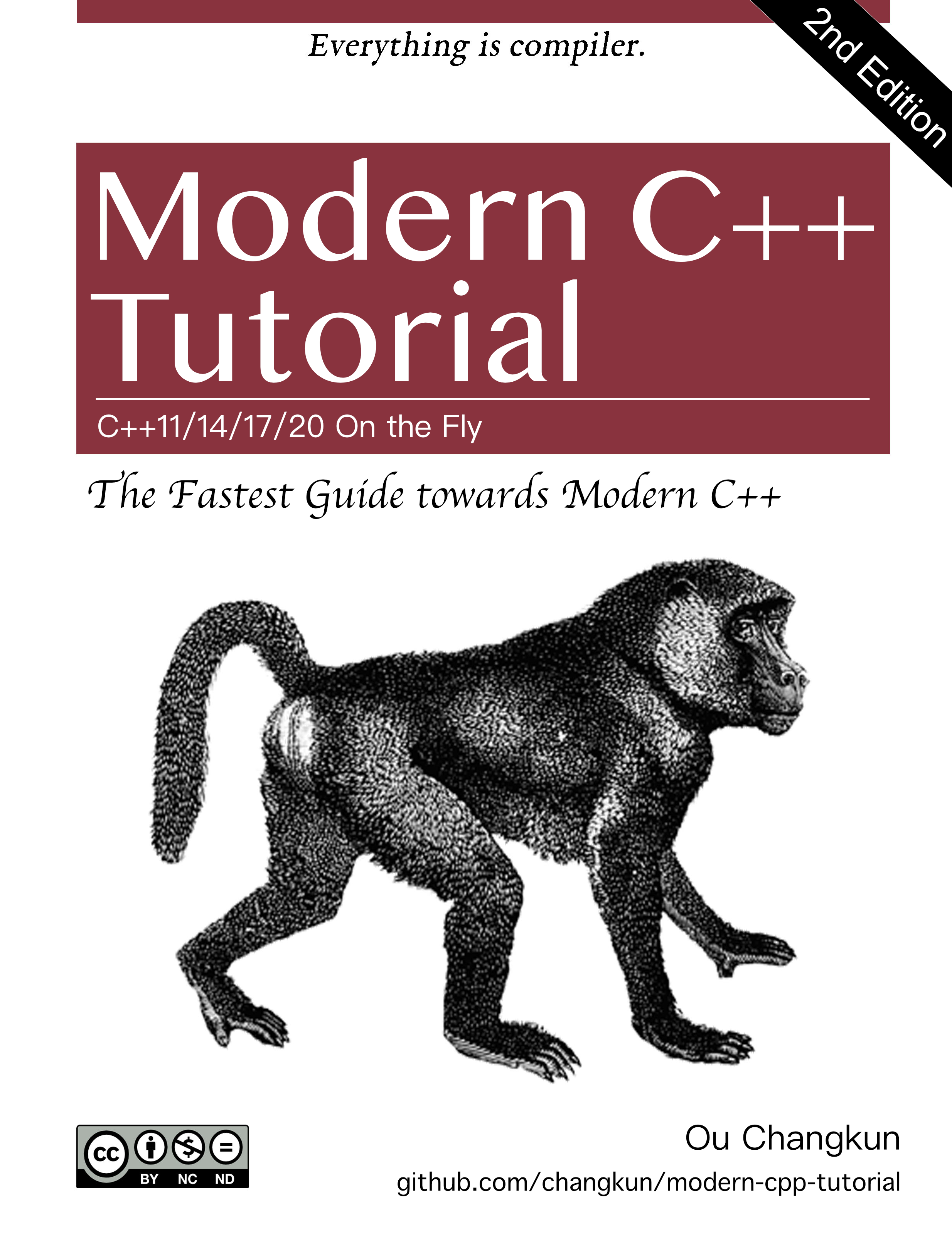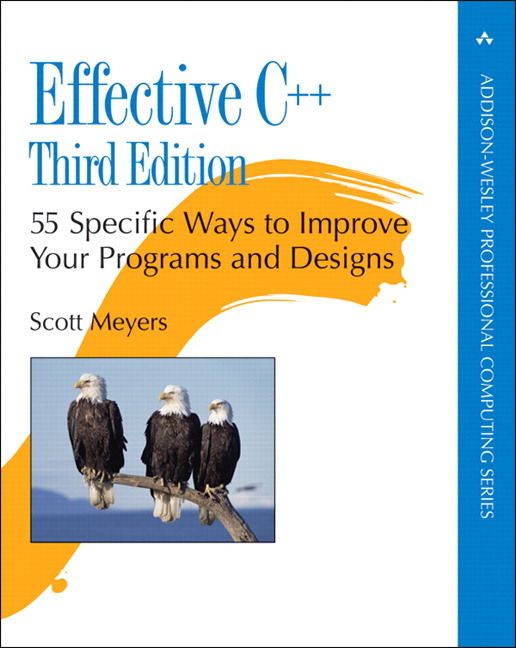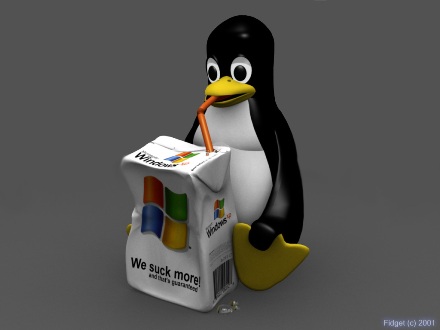
Reference:
- Computer Networks, Fifth Edition by by Andrew S et al.
- The Australian National University CECS
Local Area Network
- Adiministrative Domain: as a collection of hosts and routers, and the interconnecting network managed by a single authority.
- Broadcast Domain: Can talk to anyone on the LAN!
Design should be:
- Simple as possible
- Deliver msg from sender to receiver asap/efficiently (over a cable)
- LAN is hardware. Leave the difficulties to software
There is:
- No guaranteed delivery
- No built in error detection and correction
- No specialised features (realtime, bulk-transfer)
- Yes to performance
Multiplexing
It can be by time, space, and frequency. Everyone gets an equal share but does everyone need that much?
- It’s a effectively a circuit —> wasting capacity.
Statistical Multiplexing
- Demand for capacity varies with time
- Random access-priority across all devices
- Statistically don’t need the bandwidth all the time, give it a try!
- A communcation channel is divided into an arbitrary number of variable bitrate digital channel or data streams. The link sharing is adapted to the instantaneous traffic demands of the data streams that are transderred over each channel.
- Is faciliated through packet mode or packet oriented communication which is utilized by packet switch.
- Code Division Multiple Access (CDMA) - different amount of spreading codes or spreading factors can be assigned to diff users.
Circuits : a fixed pipe only for you that tied to both endpoints - send bits whenever wants to the other end
Cells : TDM - Send a specific number of bits when it is your turn to the other end
Frames : Arbitrary length, targeted messages - Send a collection of bits when you want (The most common LAN approach).
Frames
- Destination address, source address, assemblage of bits starts and stops.
- Need to agree how long the frame could be
- Need to agree how to access the network fairly
Flag is needed to ensure the sync.

payload has escape byte before its escape byte or flag byte
ig. FABEFCDF (F is flag and E is escape) To ensure the message, it must be sent as FABEEEFCDF. Then receiver drops two Es.
Media Access Control (MAC) and sharing
It Needs
- Address Scheme:
- MAC address for your network interface
- Identity of the interface
- Listen to all traffic, respond msg sent to you
- Access Scheme for multiple devices:
- Party Atmosphere : your job to listen and respond.
Randomised Access (try your luck)
- Send data if you have
- If receiver does not acknowledge or you hear other sending its data, we have collision
- If collision then back off and try again.
Simple but effective if the congestion is not high.
Stat performance is 18-36% while it depends on the back-off scheme.
Carrier Sense (for) Multiple Access (CSMA) - Stricter Rules
It is good for wired network
- Check if anyone sending (senses for carrier)
- if clean, send the whole frame
It may cause:
- Delay on long cable as both may send at the same time.
- As bandwidth delay gets bigger, problem gets bigger.
- Sets upper limits on delay and minimus frame size.
- Need time to detect a collision
- Min frame time = 2* (oneway delay)
CSMA/CA (collision avoidance)
- Listen for carrier. If clean, wait for random time (to avoid everyone wait and start at the same time.) Then send the frame
CSMA/CD (collision Detection)
- Listen carrier. Send and listen for a collision while sending. Collision —> stop immediately and jam everyone. Then back-off and retry (while everyone wait)
Backing off needs
- some limits for how long - not too short or long
- Ideally 1/N (n = num of terminals)
- Binary Exponential Back-Off (BEB) is to estimate out the N - Count num of collision you had. First wait 0-1 second wait 0-3 Third wait 0-7 frames.
Wireless
Wireless is harder as
- each node has coverage - can be part of a single network but can’t see all the nodes due to power limitation.
- TX (transmit) can be a million times louder than RX (Response) - Can’t listen collisions, or can’t respond quickly (wasting time).
MACA (Broadcast - anyone can hear)
- Multiple Access, Collision Avoidance.
- Quick handshake before yelling
- Sender: Request To Send (RTS) + N bytes
- Receiver: Clear To Send (CTS) + N bytes
- Sender Transmits
- Any nodes heard CTS silent for N bytes
- Any nodes heard RTS silent for CTS.
Contention Free Access
Not random, take turns
Token Ring
Passes around the token and can send data only if u have it. Ideally aligned with physical reality.
- If token lost - need regenerate after agreed timeout
- less efficient TDM with lower loads.
- Great under load, but doesn’t scale well
Topologies
Most wired LANs have moved away from bus topologies.
- Hard to scale
- Make cable longer
- Needs repeater, hub, bridge (which links two smaller LANs and learns addresses on each side.)
Nearly all moved to Switch
- Crossbar devices that learn source/destination addresses from the traffic
- Makes every link point to point
- Great in scalability and performance


